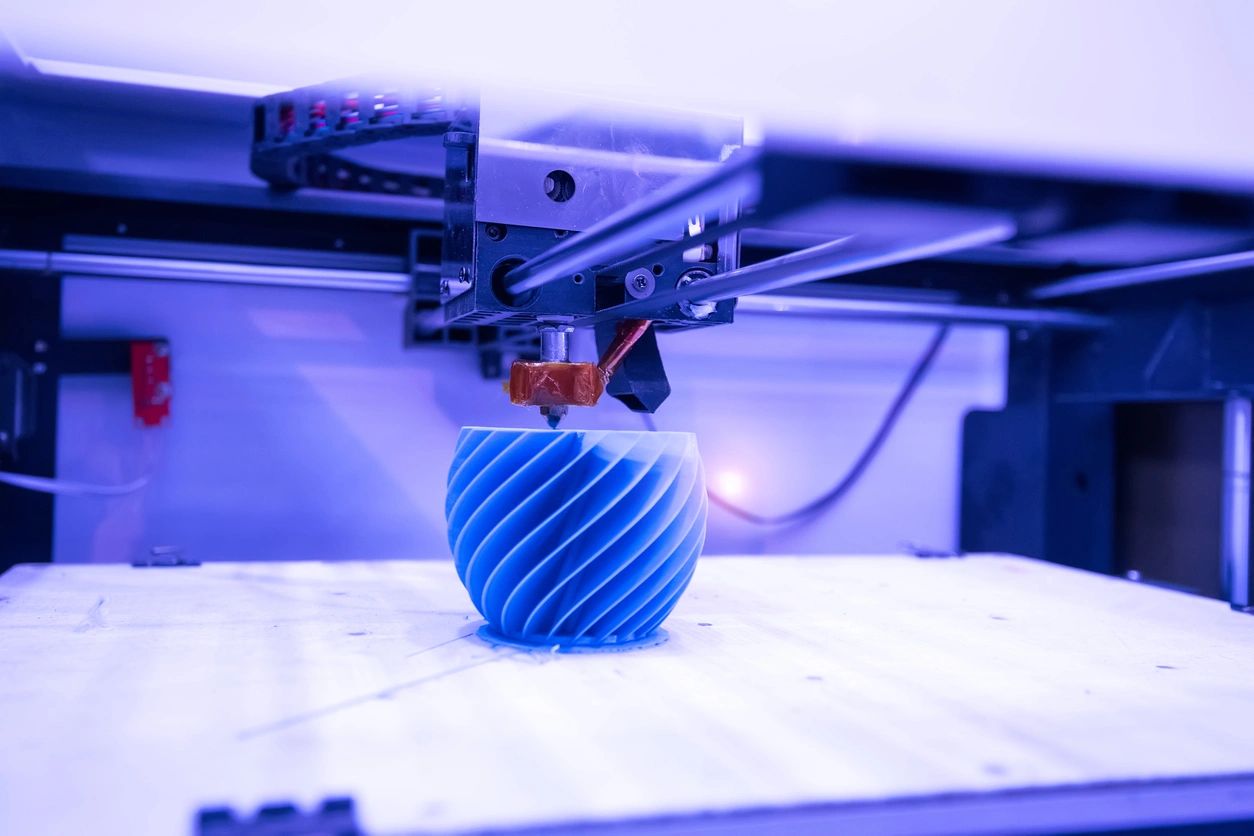1. Additive Manufacturing Has Moved Beyond Hype
3D printing is no longer a novelty — it’s a strategic tool being embraced across industries. Major manufacturers are scaling investments, and startups are finding inventive ways to leverage this technology’s potential.
2. AI Integration is Revolutionizing Design and Production
AI-driven tools like generative design and predictive maintenance are enabling faster, more efficient, and more sustainable production processes — mirroring the “vibe coding” trend in software where AI turns natural language into working outputs.
3. Distributed Manufacturing Enhances Resilience and Sustainability
The shift toward localized, on-demand production through distributed additive manufacturing networks reduces carbon emissions, logistics costs, and supply chain vulnerabilities — with examples ranging from the U.S. Marine Corps to commercial hubs like Xometry.
4. Additive Manufacturing is Enabling Customized, On-Demand Production
AM makes it feasible to produce complex, custom parts tailored to specific machines or environments — from aerospace components to personalized medical devices. However, scalability depends on overcoming current limitations in cost, material diversity, speed, and certification.
5. Challenges Include Regulation, Cybersecurity, and Production Viability
Despite its promise, additive manufacturing faces hurdles such as inconsistent regulatory frameworks, heightened cyber threats to digital design files, and barriers in cost, material limitations, and production speed that hinder mass adoption.
6. A Skilled Workforce is Essential to Unlocking AM’s Full Potential
Manufacturing workers must now merge traditional skills with digital fluency, AI collaboration, and Design for Additive Manufacturing (DfAM). Credential programs and workforce development initiatives like Project DIAMOnD Academy are crucial to meeting this need.
7. Collaboration is Key to Building the Future
The additive revolution is as much about cultural transformation as it is about technological change. Success depends on embracing collaboration between humans and AI, industry and academia, and organizations large and small to drive innovation at scale.










